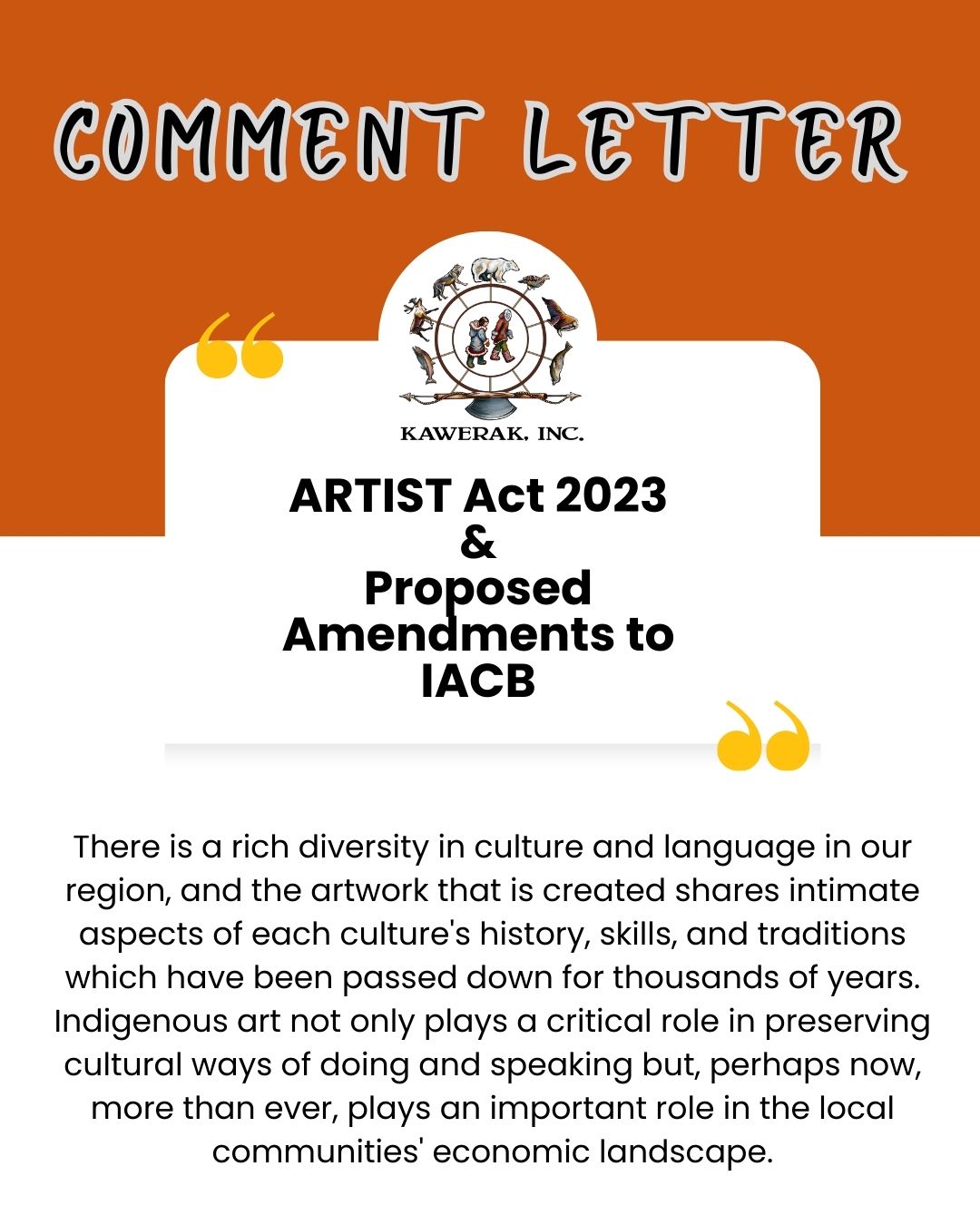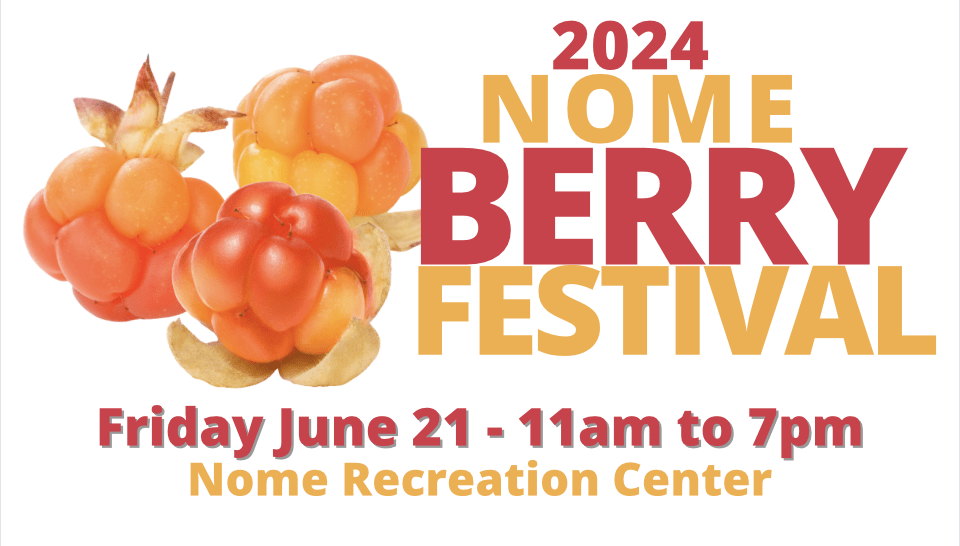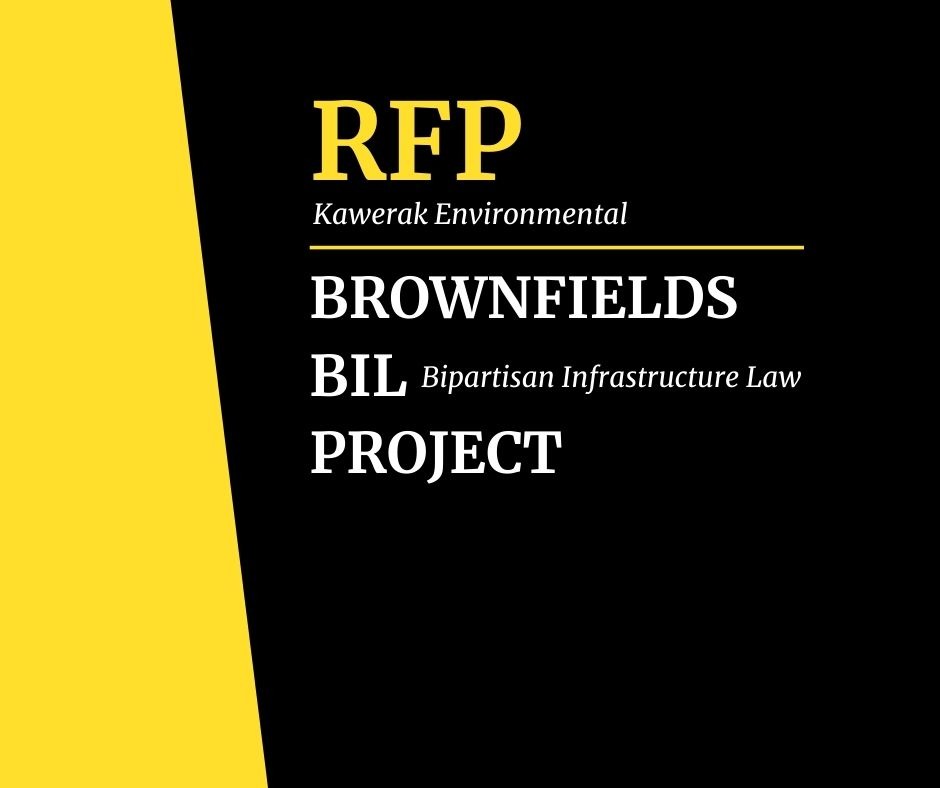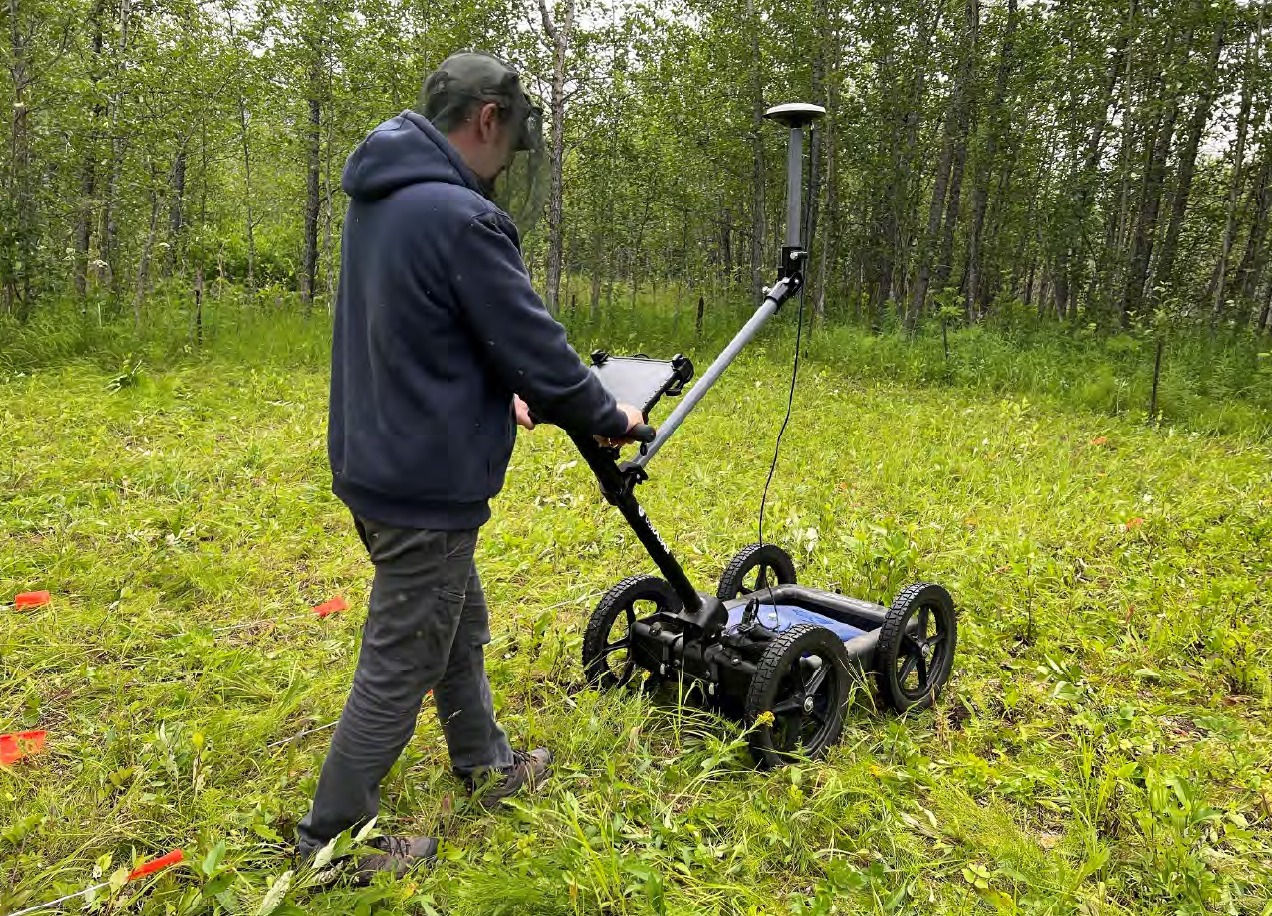Letter Overview
“There is a rich diversity in culture and language in our region, and the artwork that is created shares intimate aspects of each culture’s history, skills, and traditions which have been passed down for thousands of years. Indigenous art not only plays a critical role in preserving cultural ways of doing and speaking but, perhaps now, more than ever, plays an important role in the local communities’ economic landscape.
Today, hunters and gatherers combine subsistence harvesting with the cash economy to offset the high cost of living in rural Alaska. Families must navigate this landscape, and the sale of art plays a critical role in the balance. Today, artists are economic drivers within their communities. Tribal leaders see the local arts as an economic and cultural keystone. In a region with a diverse cultural presence and growing reliance on the cash economy, mindfulness of interconnectedness—between thriving Indigenous culture, continued dependence on natural resources, and the ever-changing economic landscape within each community—is critical. The artist community is a perfect example of this interconnectedness between culture, natural resources, and economy. The Bering Strait region is home to a diverse group of artists, from beaders and skin sewers to world-renowned ivory carvers. Art plays a critical role in passing on traditional knowledge.
There is a direct and vitally important relationship between subsistence activities and materials to create art. Materials used in Native art are harvested and used to create the beautiful artwork that comes from our region. Artwork matters financially to Native artists as a source of income or supplemental income as well. Art can provide a source of income throughout the year, including when jobs are limited or subsistence resources are not as plentiful due to the season and the changing climate. For many artists, selling artwork provides supplemental income that helps pay bills, fund subsistence activities, provide cash in an emergency, and support other family needs such as sports-related travel or college tuition.”
Comments Regarding the Act.
Following are comments specifically to the ACT 2023 Discussion Draft:
- SUPPORT Expanded protections for Native American artists and Native American-controlled businesses and organizations contributing to the Indian arts and crafts market.
- SUPPORT: Ensure Native Hawaiian artisans can define, develop and support their own economies by including their areas and crafts in the definition of “Native- Made” products captured by IACA.
- SUPPORT: Authorizing any Federal law enforcement officer to investigate or make arrests for potential violations of IACA.
The Act provides for criminal and civil penalties for violation of the Act. We support the stronger enforcement provisions, including causes of action for misrepresentation, tools for law enforcement such as subpoena powers, and seizure and forfeiture provisions. Generally, we support increasing penalties and taking actions that will deter non-Natives from attempting to sell non-Native products marketed as Native products. The new provisions will help deter such practices.
- SUPPORT: Directing the Secretary of the Interior to dispose of arts and crafts determined to be in violation of IACA.
- SUPPORT: Creating a forfeiture fund to pay proper expenses related to seizures and forfeitures, including rewards for reporting violations of the IACA;
- SUPPORT with SUGGESTION: Direct remaining forfeiture funds to establish grant programs for arts programs and artists.
We note that with respect to forfeiture provisions in the Act, the current draft provides that proceeds from forfeitures will go into a “forfeiture fund.” Section 8(b) provides that the Fund will be used first to pay for expenses incurred in conducting the investigation and seizure by DOI, and proceedings associated with such actions, and second, such funds will go to payment of rewards and expenses. The remainder may be used by DOI to establish grant programs to “create or improve arts programs at schools operated by the Bureau of Indian Education.”
- Alaska has no BIE-operated schools. Funds used for grants for BIE schools will not reach Alaska or have any meaningful benefit for the Native artists here who should benefit from such funds if the purpose of the Fund is to set aside the money obtained and put it back into the communities where it can mitigate the damage done by non-Native art being sold as Native art. Instead, we would ask the Senate
Committee and DOI to consider opening up this provision to not just fund BIE schools but Native artists through direct grant opportunities, art programs in schools, and artist technical assistance programs provided by tribes or non-profit organizations helping Native artists.
- SUPPORT: Require permanent country of origin labeling for all non-Native products.
- SUPPORT: Direct the Secretary of the Interior to add the term “Native” to 25 C.F.R. 309.24(a)).
- SUPPORT: Authorize the Secretary of the Interior to provide training to federal law enforcement officers on the enforcement of IACA and the Safeguard Tribal Objects of Patrimony (STOP) Act.
- SUPPORT and SUGGESTION: We support requiring the IACB to produce an annual report to Congress on the prosecutions, allegations, exceptions, and lost revenue impact on the Native American arts and crafts industry due to counterfeit items. In addition, we would also like to suggest reporting on the forfeited fund account, amounts, and recipients.
- SUPPORT: Directing the IACB to conduct a feasibility study on using an online registration system for the Source Directory of American Indian and Alaska Owned and Operated Arts and Crafts Businesses and a plan to include Native Hawaiians in the source directory.
- SUPPORT and SUGGESTION Definition of Native American Creative Economy: Expand the Native American Creative Economy definition to go beyond Native American businesses or Native American nonprofit Organizations to the following language proposed in the Act: “an economy that consists of the production, distribution, and consumption of goods and services that are based on the creative and cultural expression of Native American communities and composed of a wide range of creative industries both profit and non-profit offering traditional arts and crafts, music, dance, storytelling, film, and fashion, among others.”
- ADD TO ACT: Language Prohibiting Alaska Ivory Bans: In an effort to stem the poaching of African elephants, various U.S. States have enacted laws banning the sale, use, or possession of all ivory, and additional states are considering such laws. These domestic ivory bans fail to acknowledge the difference between African elephant ivory and legally acquired walrus, mammoth, and mastodon ivory used by Alaska Native artists. The Marine Mammal Protection Act (MMPA) explicitly protects the rights of Alaska Natives to harvest marine mammals and utilize their byproducts in art for sale in the United States. The use of legally acquired walrus, mammoth, and mastodon ivory by Alaska Native artists to create tools, handicrafts, jewelry, and artwork is a longstanding cultural tradition that is an active vital component of Alaska Native culture today throughout Alaska. The passage of state domestic ivory bans negatively impacts Alaska Native artists who depend on the sale of their art as an important cash income source to support their economic autonomy and, therefore their families and communities in a cash-limited economy.
The Act seeks to protect Native artists and the art they produce. This issue is therefore a relevant gap in the protection of Native Artists and their art, that can be remedied through this legislation. We recommend that the Act extend protections to Alaska Native artists who are utilizing Mammoth, Mastodon, and Walrus Ivory, Marine Mammal Bones, Teeth, and Baleen, by including the following language:
- No State shall prohibit the importation, sale, offer for sale, transfer, trade, barter, possession, or possession with the intent to sell, transfer, trade, or barter of mammoth, mastodon, or walrus ivory, marine mammal bones, teeth, or baleen produced under this title by an Indian, Aleut, or Eskimo, as an authentic native article of handicrafts and clothing.
- Fossilized Ivory. No State shall prohibit the importation, sale, offer for sale, transfer, trade, possession, or possession with the intent to sell, transfer, trade, or barter, of fossilized ivory.
Comments Regarding the Consultation Draft – 25. C.F.R. Chapter II – 2023.04.03:
301.2 (b)(1) SUPPORT with SUGGESTION This section provides that “’Indian’ means an individual who – is a member of an Indian Tribe.” Further clarify this language by changing: “is a member of an Indian Tribe” to “is a member of a Federally Recognized Indian Tribe”.
301.2 (b)(3) DO NOT SUPPORT We do not support language allowing other than federally recognized tribal protections such as this language that would include state recognized tribes: “is a member of a State-recognized Indian Tribe that has been formally recognized as a State tribe by the State legislature or by a State commission or similar organization legislatively vested with State tribal recognition authority.” We ask that such language be removed.
State-recognized tribes should not be part of the regulations as they are not federally recognized. There is a process for tribes to become federally recognized.
301.2 (g) SUPPORT with SUGGESTION This section defines Indian Tribe as “any Indian tribe, band, nation, or other organized group or community, including any Alaska Native village or regional or village corporation as defined in or established pursuant to the Alaska Native Claims Settlement Act.” Clarify that “Indian Tribe” means any federally recognized Indian Tribe.
301.3 (a) OPPOSE BROADENING DEFINITION OF INDIAN PRODUCT
The new proposed regulations would dramatically broaden the Act’s definition of Alaska Native product to include a broad range of non-arts and crafts products, such as beer, wine, agricultural and food products such as hot dogs, prepared food delivery services, restaurants, and TV shows. Our prized Alaska Native artwork will then be lumped into the same categories as these other commodities..
301.3 (a) INCLUDE SEPARATE CERTIFICATIONS FOR “NATIVE HANDMADE” AND “NATIVE CREATED” PRODUCTS
We understand and agree that it is important to protect and identify handmade Native artwork. We also believe that Native artwork that is not hand made should be protected. We understand there may be some resistance to protecting any Native artwork except for traditional hand made Native artwork. We do not agree that protections should be limited to only handmade Native art and instead want to see all Native artwork protected and authenticated by a seal, whether hand made by a Native artist, or created, developed and produced by a Native artist but manufactured by an entity other than the Native artist.
As discussed below, there is a growing market and industry for Native artists to create their artwork and utilize other resources to manufacturer it. Consequently, there is a growing need to create a structure to protect Native-owned businesses that make and produce products that are not handmade.
Tribally-owned businesses are expanding beyond the cottage industry. Opportunities will continue growing as we access resources outside our communities to create job opportunities and bring in revenue contributing to our local economies and again adapting to become stronger and more resilient.
We need to protect both Native created handmade items and Native created owned and produced products.
This could be accomplished by having two categories of Native certified artwork. One seal would confirm the artwork is “Authentic Native Handmade” artwork and another seal would confirm the artwork is “Authentic Native Made” or “Created” artwork.
We also suggest creating a database of items similar to the Native Made items on the IACB Website. Large box stores such as Walmart and Costco can select from & know they are supporting indigenous/tribally owned businesses. Creating a process to regulate, protect, and build on what IACB is offering for Native artwork items has become necessary.
301.3 (b)(2) & (3) SUPPORT With SUGGESTION In defining the criteria to certify an Indian Product, the business making the Indian Product must be an Indian Business that is 50% owned by an Indian or Indians or by an Indian Tribe. An Indian or Indians or Indian Tribe must receive at least 50% of earnings from the business. We recommend changing both percentages to 51% in both instances. If the percentage is changed to 51%, native ownership is the majority.
301.3 (c) OPPOSE PROTECTIONS LIMITED TO NATIVE ART MANUFACTURED IN THE US As part of the certification process for an Indian Product, all assembly or processing of the product must occur in the United States, any significant processing that goes into the product must occur in the United States, and all or virtually all ingredients or components of the product must be made and sources in the United States.
We recommend that the statement “all or virtually all ingredients or components of the product must be made or sourced in the United States” be removed. This language may negatively affect Native-owned businesses directly where raw materials are sourced outside of the US and assembled here in the US. Having the ability to source directly from other countries in today’s global market allows Native-owned businesses to have a level playing field with other businesses and industries and keeps costs down where already doing business in rural America is exceptionally high. Costs of manufacturing in the US are prohibitively high in some industries, especially for start-up businesses. A Native artist may create the idea for a new art product, oversee development and prototypes, marketing, sales, etc., but not be able to have the final product be considered Native made if the procurement of supplies and manufacturing does not take place in the United States. We believe this will act as a deterrent to potential new Native start-up art businesses.
These protections in the Act and the Regulations are for the benefit of Native Artists, to support them and give them the opportunity to flourish as a business. These protections should not prioritize American manufacturing companies over Native artists at the cost of obstructing the economic development of Native-owned businesses.
301.5 SUPPORT with SUGGESTION: The requirements for how the Indian Arts and Crafts Board will certify an Indian Product are listed. In addition to what is listed, we suggest referencing the Silver Hand Program in Alaska.We also suggest using photos of artwork, copies of photo I.D., and a nominal fee for tags and stickers, to use for marketing purposes.
Conclusion
Kawerak appreciates the work of DOI and the Senate Committee on Indian Affairs in their efforts to update the Act and Regulations. These laws are so important in providing the protections and enforcement provisions that help our Native artists create and sell their works without interference or encroachment on their work and culture.
We note that at this time there is an ongoing effort to receive comments on the Act in the Senate Committee on Indian Affairs while at the same time comment on the Regulations proposed by DOI through the Indian Arts and Crafts Board.
Consequently, there may be some confusion and it seems important to us that both efforts are coordinated together. There will be multiple listening sessions to gather input for the Regulations. We understand there will also be an upcoming listening session with the discussion draft proposed within the Indian Affairs Committee. Therefore Kawerak submits these comments as a preliminary matter but reserves the right to supplement them based on additional information we may receive from the upcoming opportunities to hear from other tribes and agency officials as we continue to learn about these proposed changes.
If you should have any questions, please feel free to contact our designated representative for this effort, Alice Bioff, (907) 443-4366.
Thank you for your consideration.
Sincerely, KAWERAK, INC.
Melanie Bahnke President
Download the Comment Letter: https://kawerak.org/download/iacb-regulation-comments/?tmstv=1684540491
View the AFN Resolution regarding the ARTIST Act (Resolution 23-28) https://www.nativefederation.org/wp-content/uploads/2023/10/2023-Draft-AFN-Resolutions.pdf





